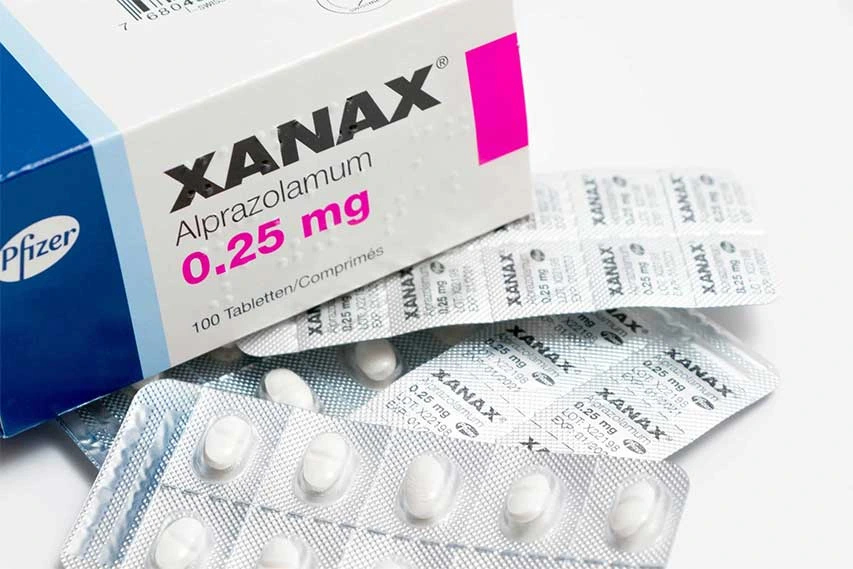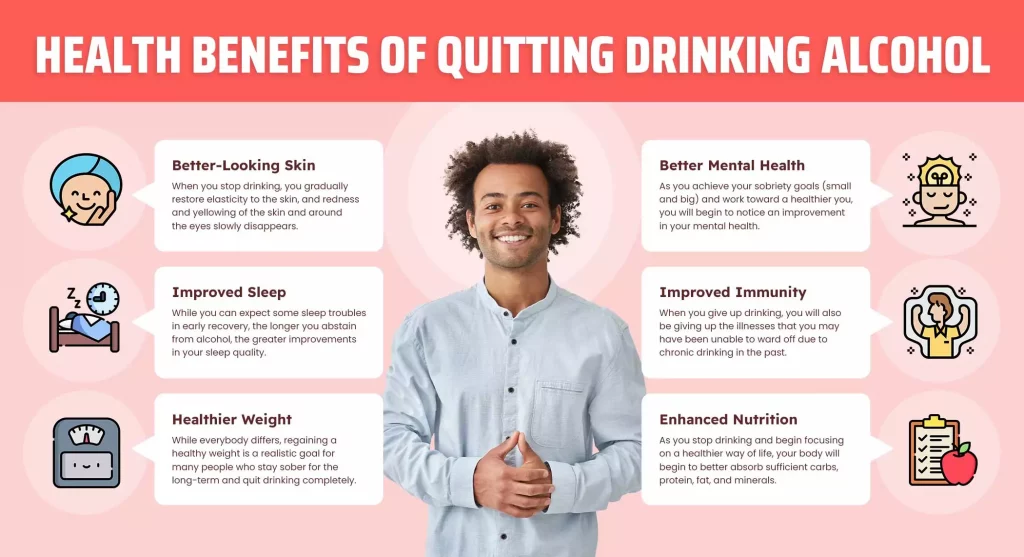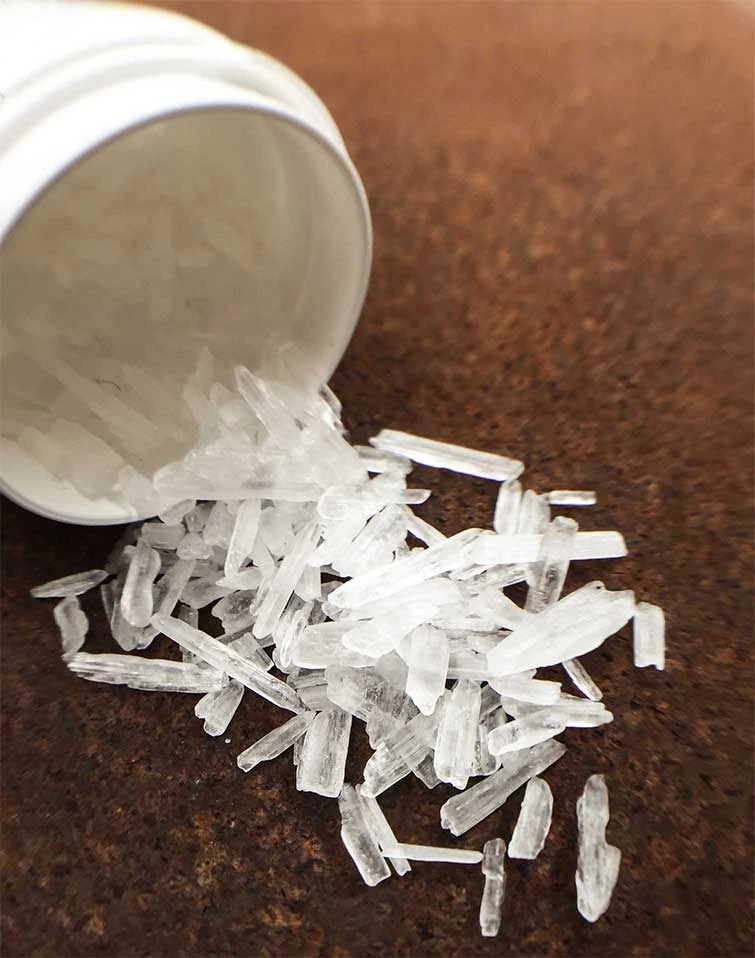You don’t have to be a bystander.
There are few things harder than watching a loved one fall deeper and deeper into addiction, it’s crushing in ways that words can adequately capture.
Hope most often comes in the form of treatment and finding a rehab center that caters to the needs of your friend or family member is an important step.
As a side note, you may experience pushback when trying to get them to commit, the classic denialism that can accompany substance use disorders, but having a drug rehab center chosen for when they are ready to commit to changing their life makes a world of difference.
How to Find a Rehab Center
It’s not as simple as picking the first option you see on Google. Each treatment center operates differently, they have different specializations, focus on a different part of the rehab process, utilize different methods of treatment, and more.
Knowing what your loved one truly needs is imperative.
Some rehabs, for instance, are specialized in treating addiction to particular substances like alcohol or opioids.
And if the person in your life is struggling with a substance use disorder and a co-occurring mental illness like depression, PTSD, anxiety disorder or the like you would need to seek dual diagnosis treatment in order to tackle both issues and set them up for success going forward.
Consider what they would respond best to as well. Some rehabs focus more on alternative therapies while others stick more strictly to evidence-based modalities.
It’s worthwhile to reach out to places and have a conversation with an addiction specialist as well, to really dig deep. At the end of the day, research is your friend, and investing the time in finding the right rehab goes a long way in laying the firm foundation on which your loved ones will build the rest of their lives.
Different Types of Rehab Centers
Despite all of the aforementioned variables, rehab breaks down into two types; inpatient and outpatient. Once completing the all-important detox, you can treat the mental aspects of addiction until you’ve broken the physical side of it, every kind of treatment falls under one of those umbrellas.
Inpatient Care
The hallmark of inpatient, or residential inpatient, treatment is that you live at the rehab facility, are removed from all distractions and all triggers, and focus all your energy and attention on the task at hand; recovery.
Every treatment plan is tailored made to suit the needs of your loved one and it’s immersive and regimented by design.
At the core of most programs is psychotherapy or talk therapy, and at Inpatient Drug Rehab that includes, among other therapies:
- Cognitive Behavioral Therapy
- Dialectic Behavioral Therapy
- Individual & Group Sessions
- Family Program
Inpatient care is meant more for those suffering from more severe and heavy addiction that need supervision, attention, and a rigid schedule.
Outpatient Care
Outpatient care utilizes all the same tools of inpatient care with the key difference that you don’t live at the treatment center. It affords you much more flexibility and allows you to take care of family, school, or work responsibilities and integrating rehab into your schedule.
This type of treatment is either used as a transition from inpatient care or can be started directly after detox for those with a less severe addiction.
Aftercare
Treatment doesn’t end when you no longer have a therapy session on your schedule and participating in aftercare is an important, ongoing part of recovery. It encompasses everything from support groups like AA & NA, to 12-step meetings to sober living homes and more. It’s about creating a supportive community that understands what you’re going through and can be there for you when it counts.
If you’re struggling to find a rehab center for your loved one, reach out to us at All American Detox, and let’s chat.















